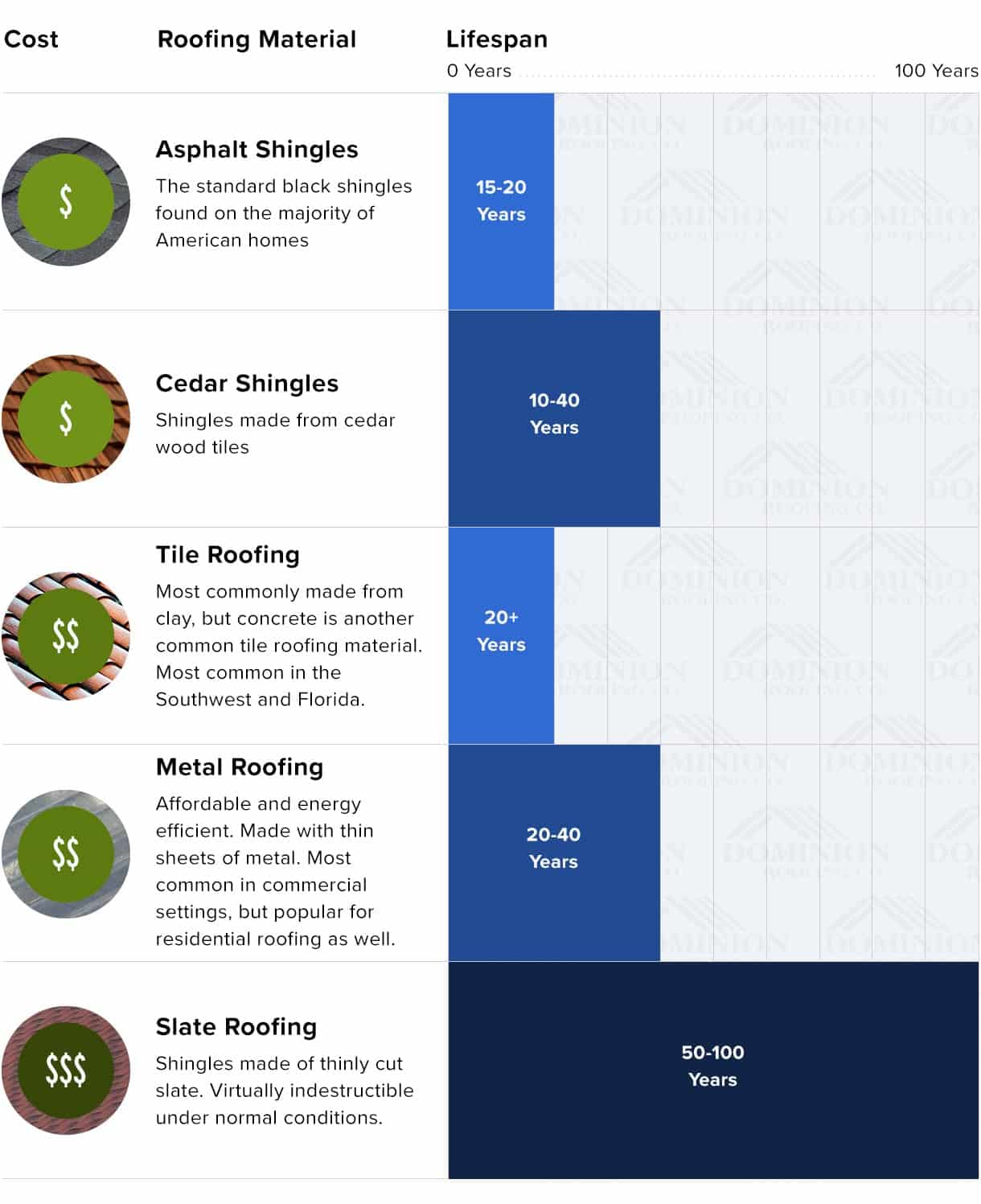The Future Of Solar Energy: Forecasts For The Sector In The Following Years
The Future Of Solar Energy: Forecasts For The Sector In The Following Years
Blog Article
residential solar financing companies -Bach Wilson
As you contemplate the future of solar energy, envision a landscape where innovation and sustainability assemble. The coming years hold the promise of significant improvements in solar modern technology, improving the industry as we understand it. With effectiveness gains and cost decreases imminent, the possibility for solar energy to transform our power landscape is tremendous. Stay tuned to find just how these advancements will shape the future of renewable resource and push us towards a greener tomorrow.
Technological Developments in Solar Panels
Solar panels have witnessed remarkable technological improvements in recent times. One significant enhancement is the boost in efficiency, permitting solar panels to convert sunlight right into electricity more effectively. This has been attained with technologies in materials and design, making solar power a more viable and competitive alternative for renewable energy sources.
Another vital development is the decrease in expenses connected with production and installing solar panels. As technology has actually progressed, manufacturing procedures have actually come to be extra streamlined, causing lower costs for customers. Additionally, the durability and lifespan of photovoltaic panels have boosted, making them an extra lasting and lasting financial investment.
Innovations in energy storage space modern technology have actually likewise played an important role in improving the efficiency of solar panels. Batteries and other storage services have actually become extra efficient and inexpensive, enabling customers to store excess power produced throughout the day for use at night or during durations of low sunshine.
Increased Fostering in Numerous Industries
With the demand for sustainable energy services on the rise, various markets are progressively integrating solar energy systems into their procedures. Firms in fields such as production, agriculture, and transport are leveraging solar energy to lower their carbon footprint and operating expense.
In manufacturing, photovoltaic panels are being installed on rooftops to power equipment and illumination, leading to substantial financial savings on electricity expenses. Agriculture is also accepting solar energy by utilizing it for watering systems and powering ranch tools, consequently reducing conventional gas costs. Moreover, the transportation industry is taking on solar modern technology for billing electric lorries and illuminating parking lots.
The trend of enhanced adoption of solar energy throughout markets is driven by the desire to be much more eco-friendly and minimize dependence on non-renewable power resources. As solar technology remains to advancement and come to be a lot more cost-efficient, we can anticipate to see also wider integration of solar power systems in different sectors in the coming years.
Policy Changes Driving Solar Growth
Welcoming renewable resource sources is essential for lasting development in today's globe. Policy changes play a significant duty in driving the development of solar power. Federal governments globally are implementing various measures to promote the adoption of solar power. Rewards such as tax obligation credits, refunds, and feed-in tariffs encourage individuals and organizations to purchase solar technology.
Additionally, policies mandating a particular portion of power to find from eco-friendly sources push utility companies to integrate even more solar into their power mix. Furthermore, policies concentrating on internet metering permit solar individuals to offer excess electrical energy back to the grid, making solar installments more economically feasible.
In some regions, sustainable profile standards require a specific part of electrical power to be generated from solar energy, developing a steady demand for solar energy. These policy changes not only drive the development of the solar industry yet additionally contribute to lowering carbon discharges and combating climate adjustment. By supporting and carrying out such policies, federal governments can accelerate the transition to a more sustainable power future.
Final thought
In conclusion, the future of solar power looks brilliant with recurring technical improvements, enhanced fostering throughout sectors, and supportive policy changes. With greater efficiency levels, lowered costs, and improved energy storage space solutions on the horizon, solar power is readied to play a vital function in the international transition to a cleaner and more sustainable energy future. Embrace hop over to this site of solar power and be a part of the renewable energy revolution!
